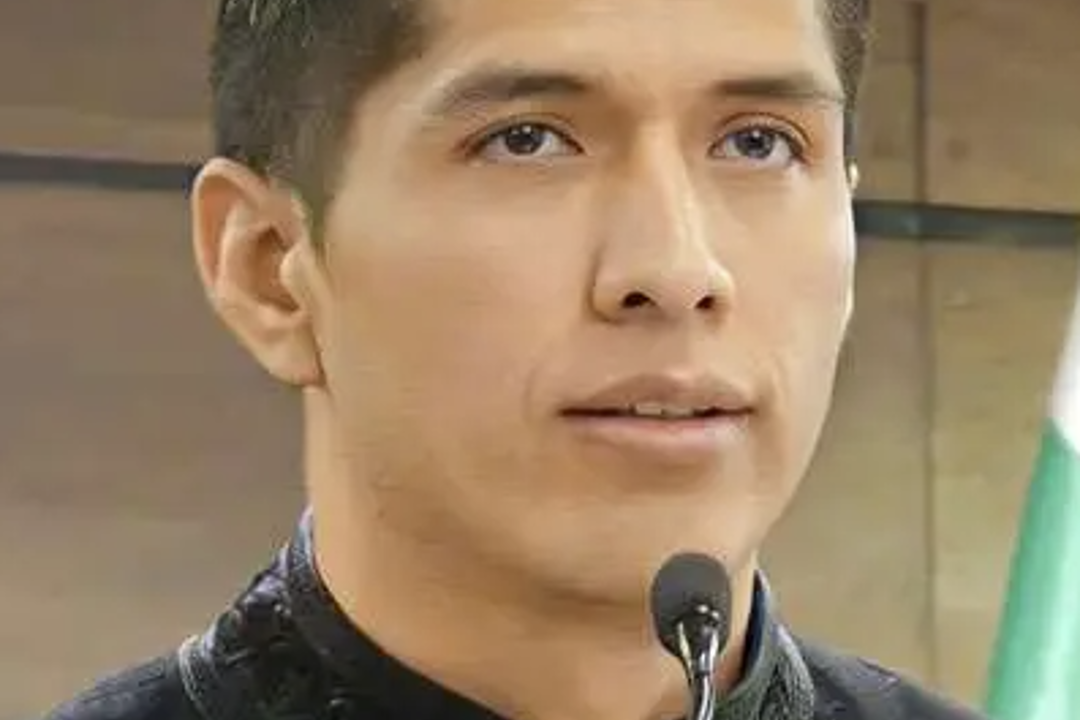
Structured Analysis of the Corrected Speech by Andrónico Rodríguez
1. Diagnosis of the National Reality
Key Content:
-
Bolivia possesses vast natural resources, geographical diversity, and a modest GDP.
-
There are approximately 12 million inhabitants, but the GDP per capita is low (~700 USD).
-
There is strong criticism of the historical inability to capitalize on resources ("sitting on a throne of gold but not knowing what it is for").
-
Two economic models are compared: a privatization model (1985–2005) and a plural-statist model (2006–2019).
-
The current model is questioned as a regression to a paternalistic and monopolistic State.
Rhetorical Intent:
-
Presents a critical scenario supported by data to legitimize the urgency for transformation.
-
Uses historical contrasts to prepare the argumentative groundwork for the proposal.
Strategic Observations:
-
Cites key figures (GDP, oil revenue, tax collection) but without providing sources.
-
Introduces the concept of a "plural economy" as a middle and "realistic" ground.
2. Critique of the Current Economic Model
Key Content:
-
The State has become an excessive administrator and entrepreneur.
-
It has displaced private, community, and cooperative actors.
-
Planning is absent, and political decisions severely impact the economy.
-
Denounces weak institutions, with public policies guided by erroneous criteria such as budget execution rates.
Rhetorical Intent:
-
Distances itself from the current model without fully abandoning its political current.
-
Introduces internal criticism, targeting "comrades from the same political line."
Strategic Observations:
-
Presents a self-critique aimed at differentiating from the current MAS leadership without severing ties with popular bases.
-
Reinforces the argument with concrete examples like "state-run potato chip or toothpaste factories."
3. Urgent Economic Proposals (The 6 Tasks)
| No. | Proposal | Focus | Observations |
|---|---|---|---|
| 1 | Improve conditions for the informal economy | Inclusion and simplification | Recognizes the informal economy as the economic "heart." |
| 2 | Prioritize strategic energy and minerals | Sovereignty and technological transition | Links resources to AI and the knowledge economy. |
| 3 | Renew strategic state-owned enterprises | Redefining the State’s role | Seeks to end competition with private actors. |
| 4 | Support private sectors like agriculture, tourism, and transport | Public-private partnerships | Calls for revising regulations and incentives. |
| 5 | Continue productive social programs | Inclusion and equity | Requests a shift from welfare to training and capacity building. |
| 6 | Restore economic stability | Institutional strength and trust | Acknowledges there are no "magic recipes" and that structural measures are needed. |
4. Vision for the Country
Key Content:
-
Recognition of cultural, territorial, and organizational diversity.
-
Defense of a "plural" economic model adapted to Bolivian realities.
-
Rejection of imitating foreign models (neither Venezuela nor the U.S. are directly applicable).
-
Call to move beyond political binary thinking: "neither total masismo nor total neoliberalism."
Rhetorical Intent:
-
Projects an integrative, anti-extremist vision focused on technical rather than ideological solutions.
Strategic Observations:
-
Emphasizing political tolerance and economic planning as guiding principles resonates well with a moderate electorate.
-
Positions itself as a bridge between ideologies, potentially attracting disenchanted sectors.
Strategic Conclusion
The discourse combines:
-
A structural diagnosis of the country, emphasizing underutilized resources.
-
Criticism of both the privatizing past and the excessively statist present.
-
Concrete and gradual proposals, avoiding grandiose promises.
-
A call for a "new political sensibility" based on tolerance and planning.